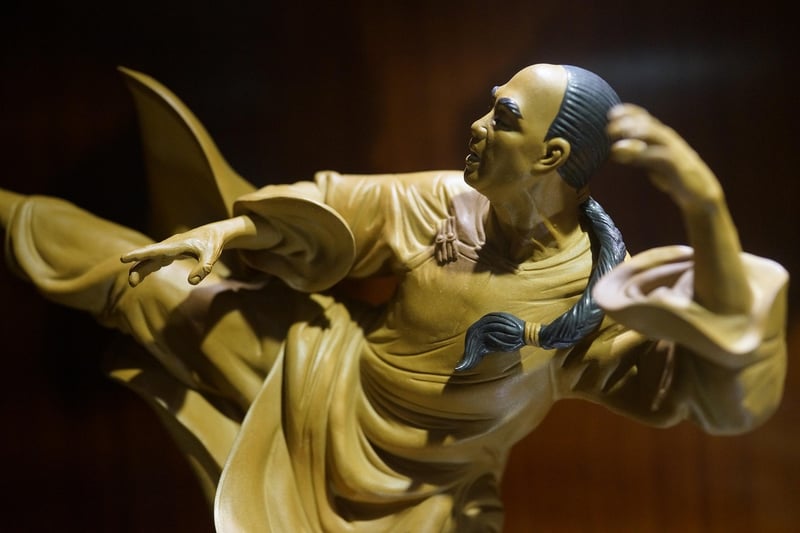Wu Style
The Art of Wu Style: A Timeless Tradition in Chinese Martial Arts

Chinese martial arts, also known as Kung Fu, have a rich history that dates back thousands of years. Within this diverse and fascinating world of combat techniques and philosophical principles, Wu Style stands out as a distinctive and revered tradition.
Origins of Wu Style
Wu Style is named after its founder, Wu Chuan Yau, who lived during the Qing Dynasty. Known for its graceful and flowing movements, Wu Style emphasizes internal energy cultivation, balance, and precision in execution.
Key Features of Wu Style
- Slow and deliberate movements
- Focus on internal energy (Qi) development
- Emphasis on balance and control
- Circular and flowing techniques
Benefits of Practicing Wu Style
Practicing Wu Style offers a wide range of physical, mental, and spiritual benefits, including:
- Improved strength, flexibility, and endurance
- Enhanced focus, concentration, and mental clarity
- Stress relief and relaxation
- Increased self-discipline and confidence
Training in Wu Style
Learning Wu Style requires dedication, patience, and discipline. Students progress through a series of forms, or routines, that combine various movements, stances, and breathing techniques. Instructors play a crucial role in guiding students through their martial arts journey.

Philosophy of Wu Style
At the core of Wu Style is the philosophy of harmony, balance, and continuous improvement. Practitioners strive not only to master the physical aspects of the art but also to cultivate inner peace, resilience, and compassion.
Conclusion
Wu Style represents a time-honored tradition within the realm of Chinese martial arts, embodying grace, power, and profound wisdom. Whether you are seeking physical fitness, mental clarity, or a deeper connection to ancient traditions, practicing Wu Style can offer a transformative and enriching experience.
Embark on your journey into the world of Wu Style and discover the endless possibilities that this martial art has to offer!
